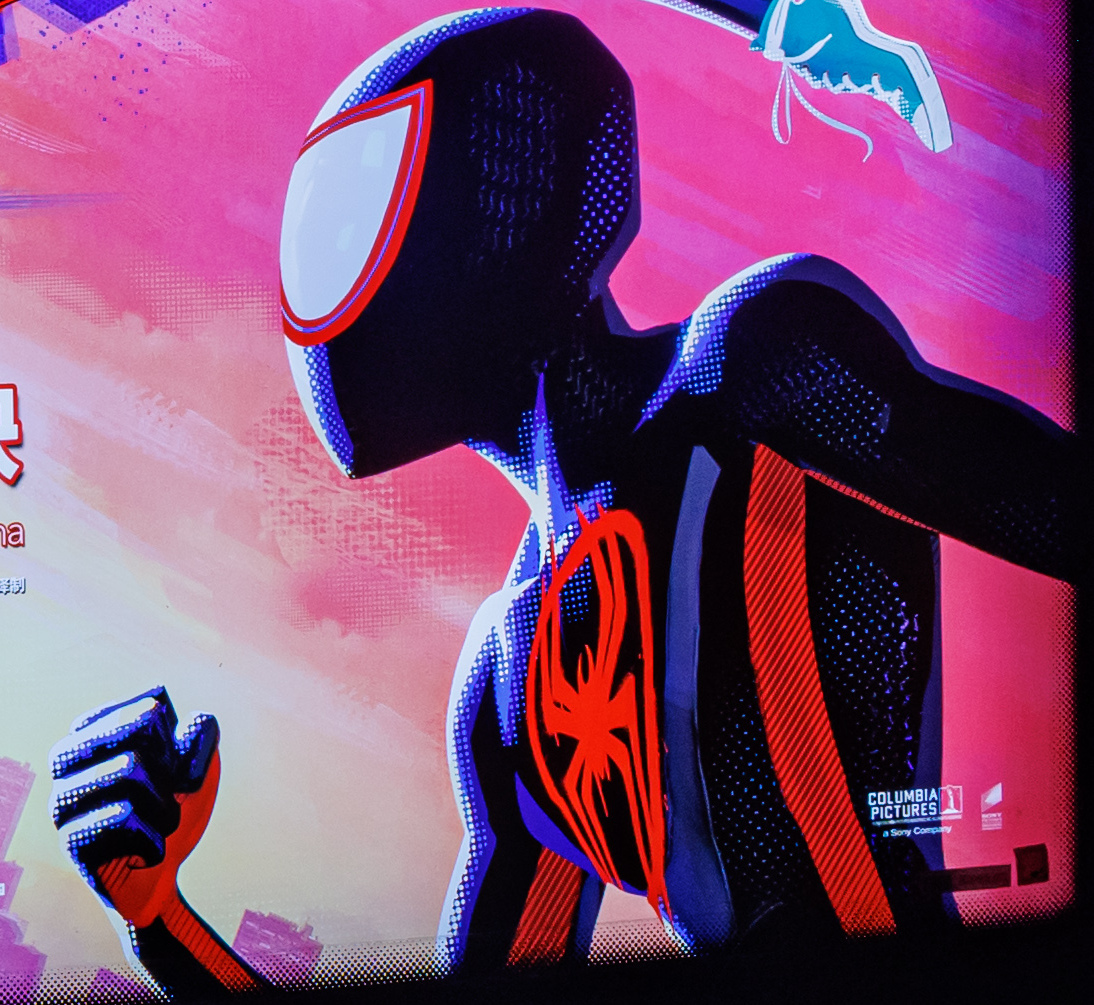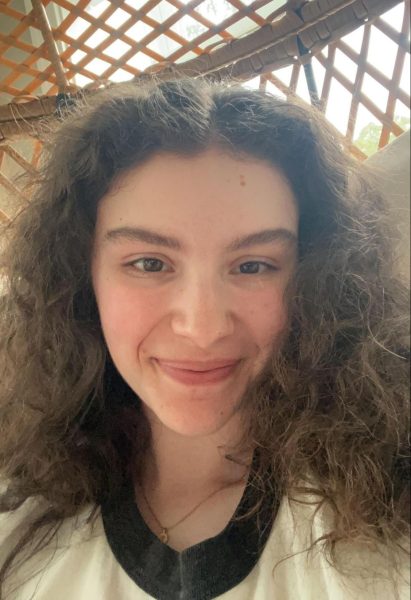Two months ago, I was lucky enough to see the critically acclaimed “Spider-Man: Across the Spider-Verse.” As a huge fan of the prequel, “Spider-Man: Into the Spider-Verse,” I was incredibly excited to see the second installment after an almost five-year wait.
As I entered my local theater, I noticed a poster for the new Disney film “Elemental” next to the “Spider-Man” poster. I had seen trailers for “Elemental” before other movies I had seen in theaters, and I had played the game the movie is based on, “Fireboy and Watergirl in the Forest Temple,” as a kid. Given this fact, I should have felt just as excited for this film as “Spider-Man”; however, I merely shrugged.
I had no interest in seeing the film, and it occurred to me that day that I had no idea why. I had played the game as a kid and I have been a Pixar fan all my life, so why was I so disinterested? Why did merely looking at the “Across the Spider-Verse” poster give me more excitement than entire trailers for “Elemental?” This question has bothered me ever since and, through a mix of research both into Disney and other people’s testimonies about feeling the same exact thing, I have come up with an explanation.
To begin, the animators of “Across the Spider-Verse” pay respect to animation through its high-quality animation that is used. Within the first few seconds, it is apparent that the animators have put blood, sweat and tears into the animation’s crisp look and smoothness. It looks as if every frame of this movie was hand painted and no scene was left unrevised.
It is a quality that is apparent in the first movie as well, but this sequel has outdone itself. The hair of the characters, the intricacies in each of the heroes’ webbing, the coloring of their eyes, the texture of their suits and the vastness in each of the universes among so much more make “Across the Spider-Verse” so special. There are even details within details in this film. The scene that most stands out to me that proves this idea is at the beginning when Gwen goes through countless nights of saying prayers with her family before dinner.
Every shot is as crisp and detailed as the one before, but the details and ambiance changes – each character has different clothes, shoes, meals and hair styles – so much so that it really does feel like a picture was taken every single night Gwen had dinner with her family. It is astounding, and while some movies would have just gone the easy way out and made each dinner scene just slightly different, Sony chose quality and it is obvious to me that other animation companies need to step up their game. It makes even the most well-known animated movies seem lackluster.
Second is my point about the concept of “realistic” animation. I feel that Gianna Nguyen said it best in her article “Cartoons are Getting a Little Too Real These Days.” Nguyen states, “Formerly, animation predominantly featured stylized characters nonchalantly bending the rules of reality with exaggerated movements and charm. Nowadays, animated movies are as grounded in reality as possible.” I feel that this statement illustrates my point almost exactly.
To use “Elemental” as an example once again, it is not a bad movie. The characters are well drawn, it appears high budget and the characters are “fantastical.” However, that’s about it. The characters act as normal humans would act and the world around them works as the normal world would. With that said, the movie feels as if humans were wrapped in CGI and thrown into this world rather than the animation style being the fantastical element.

A person can watch a CGI movie anytime they want, but when watching an animated movie, audiences want it to feel animated. For example, text bubbles displaying the characters inner thoughts, smoke coming up from their shoes, onomatopoeias littering the screen when a character gets hit in the face, etc. “Spider-Man” does all of this and more.
At the beginning of the film, Gwen’s world around her turns blue, symbolizing how she feels. This continues through the story. In modern animation, this is almost unheard of especially with Disney projects. They feel more as if you are watching a live action movie, just drawn out instead, while “Spider-Man” plays off the fact that it is animated, and they can do whatever they want.
The animation is the focal point of the film, whereas the focal point of other recent animated films is the fact that they look realistic. That is what the company is spending so much time on, rather than spending time just making a beautiful, well-written film.
Now, all this is said knowing that the production of “Across the Spider-Verse” had some obvious issues. After the film came out, animators came forward stating that their working conditions and pay were not satisfactory and these testimonies have only made the current acting and writing strike that much more serious. This does not, however, change the fact that “Across the Spider-Verse” is a very well-done film and the animators deserve respect for their work. The best way to do this is to go to the film and enjoy it.
This new “Spider-Man” installment has not only shown up its prequel, but it has demonstrated to production companies what audiences are really looking for: a respect for animation, both in its production and its fantastical nature. This movie is a perfect storm of brilliant script writers, animators and actors, and I look forward to the days in which movie reviewers use this film as a reference to the highest standard of animation one can aspire to.



